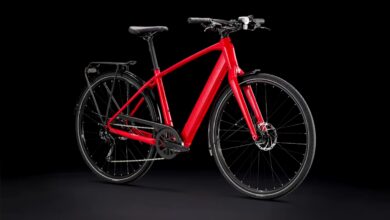OnePlus 13 Review: A Powerful Upgrade with Impressive AI Features

Verdict
The OnePlus 13 stands out as the most advanced smartphone from the brand to date, largely due to the inclusion of the powerful Qualcomm 8 Elite chipset. This latest model shows significant improvements across the board — from durability and display quality to battery life and camera performance. On the software front, it maintains a streamlined Android interface, although some pre-installed apps (like App Picks) come off as unnecessary and can’t be removed. In essence, everything the OnePlus 12 did well, the OnePlus 13 takes to the next level.
Design and Display
To be honest, the design of the OnePlus 13 doesn’t introduce anything radically new. It closely mirrors the look of the OnePlus 12, with sleek metallic curves and a prominent circular camera bump on the rear, reminiscent of the OnePlus 11 as well. Personally, I find the camera module’s position a bit awkward, as it sits off to the left while the Hasselblad branding remains on the right. This layout feels unbalanced and is an area that could use some refinement.
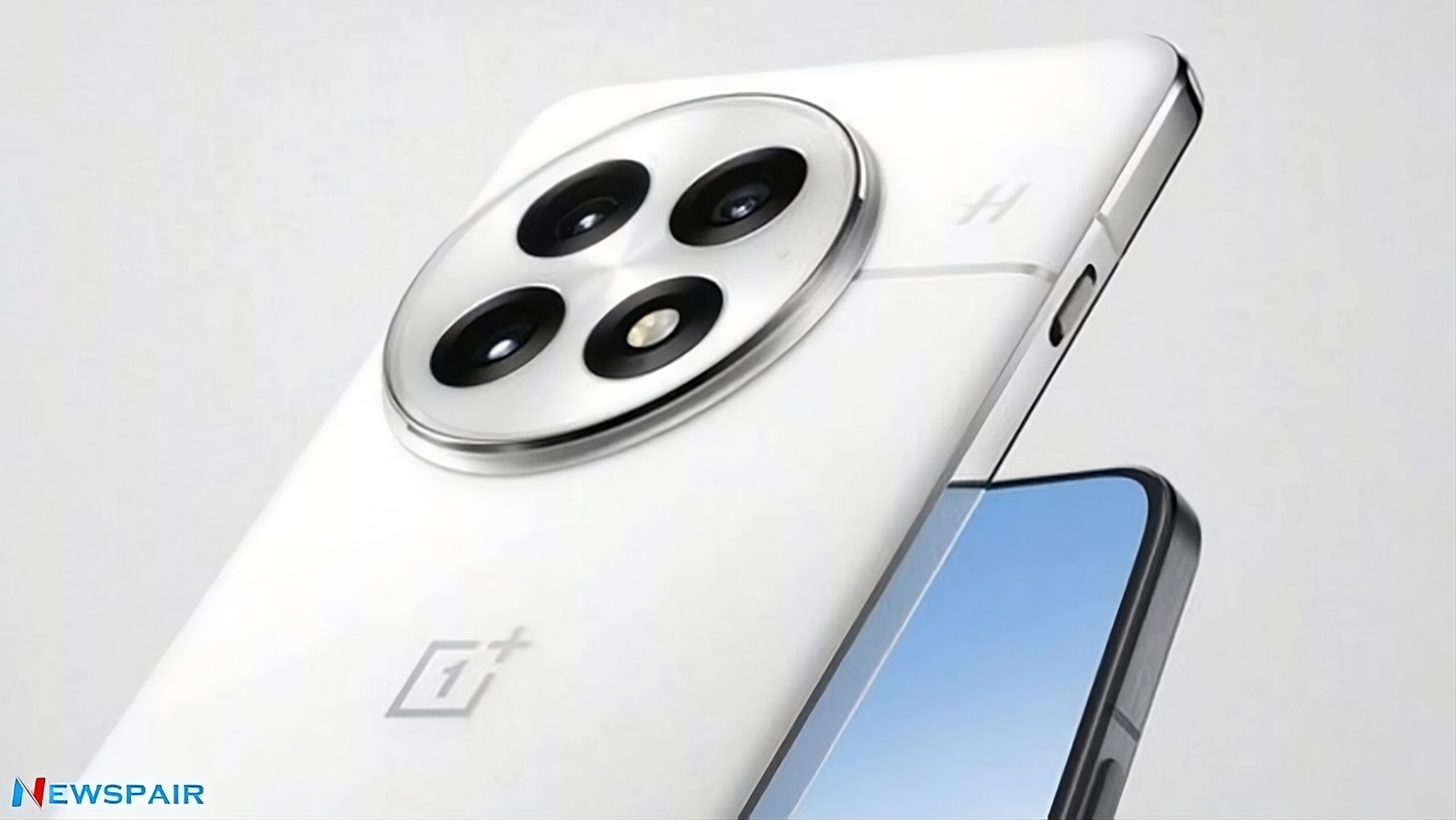
The OnePlus 13 continues with a recognizable layout of ports and buttons, including volume rockers, a dual SIM card tray, a USB-C port for charging and data exchange, and the signature alert slider for switching between sound modes—loud, silent, and vibrate. Similar to the previous model, it also features an IR Blaster on the top, allowing the phone to act as a remote control for various home appliances.
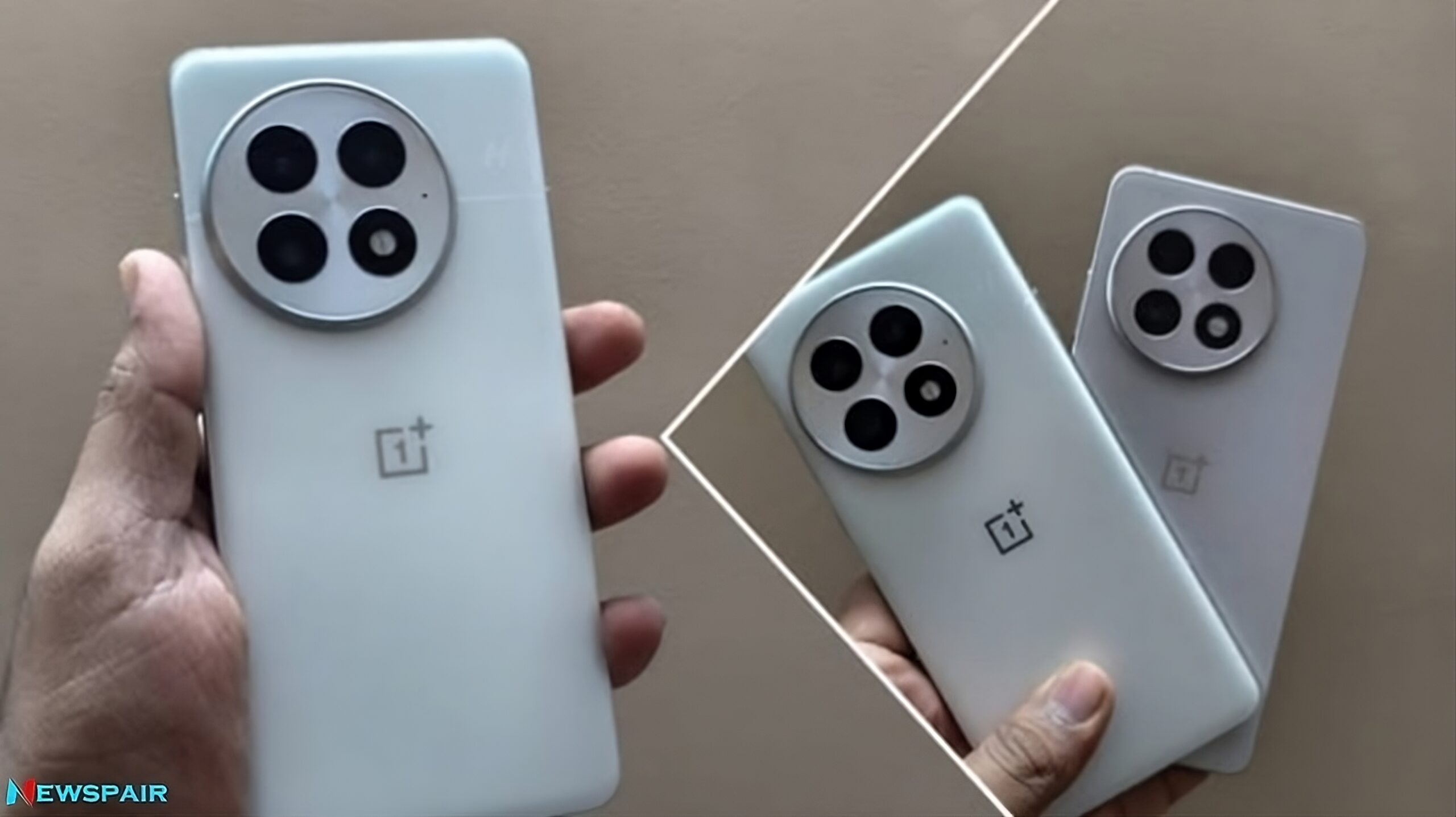
That said, the OnePlus 13 introduces a number of subtle yet meaningful improvements. Its lighter and slimmer build makes it significantly more comfortable to hold, and the “microfiber leather” finish on the Midnight Ocean variant adds a pleasant, soft-touch feel. If you go for the standard white or black versions, the glass back further enhances the phone’s slim profile. From an ergonomic standpoint, the device feels well-balanced in hand, thanks to thoughtful weight distribution. Impressively, all of this is achieved while accommodating a larger 6,000mAh battery.
Arguably, the most notable design enhancement is OnePlus’s move to adopt high-level durability certifications for its flagship device. The OnePlus 13 now boasts both IP68 and IP69 ratings, offering advanced protection against water exposure. In theory, this means the phone could even withstand a rinse in a dishwasher, though that might not be advisable. Additionally, the phone comes with a protective case in the box for extra safety.
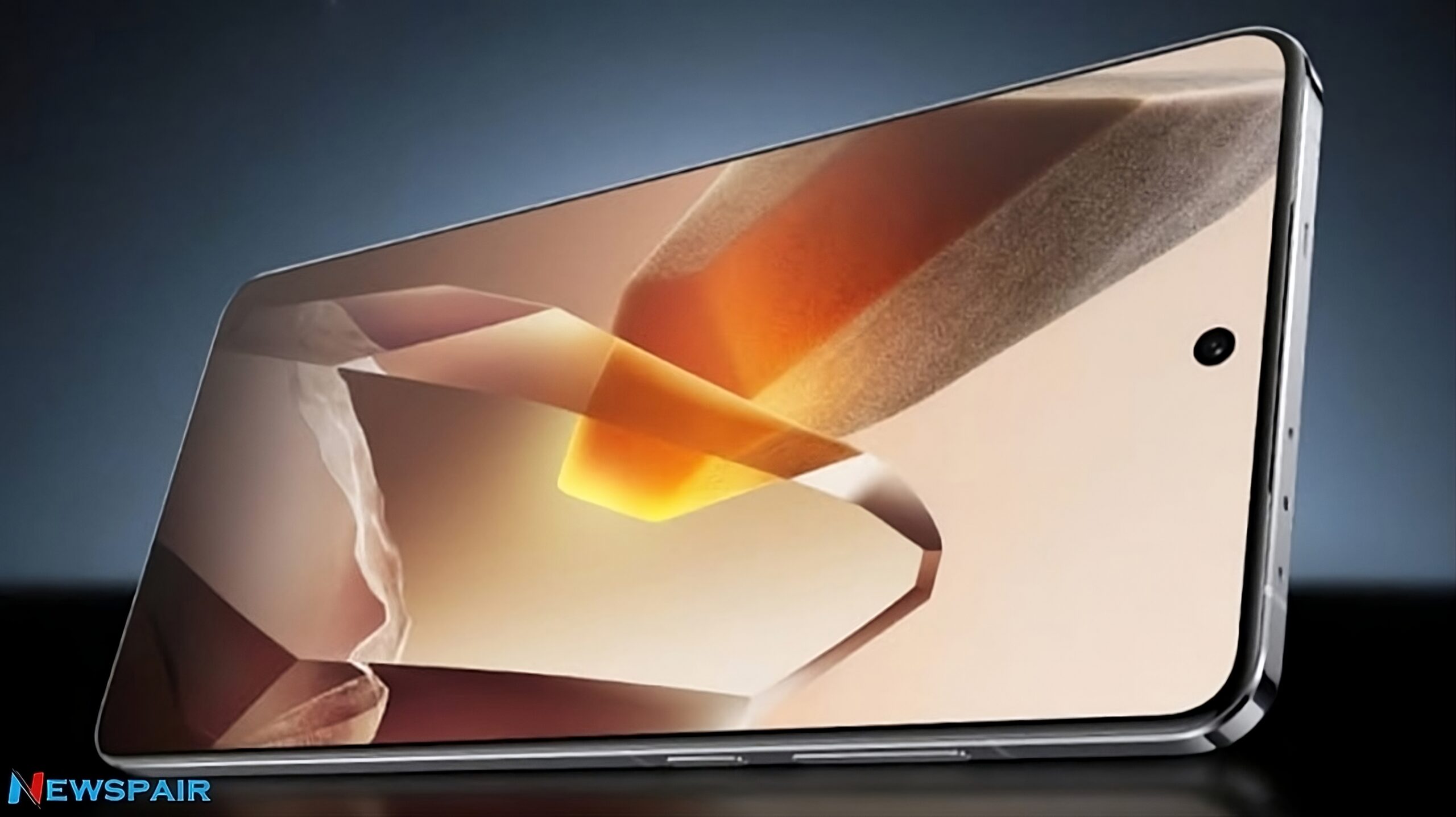
The OnePlus 13 introduces a new quad-curved display design with ultra-thin bezels, significantly enhancing the overall viewing experience. Although it retains the large 6.8-inch screen size, the sleek form factor and gentle curves make for smooth and comfortable scrolling. On the technical side, the display continues to impress with top-tier specs: a variable 120Hz refresh rate powered by LTPO 4.1 technology, a sharp 2K resolution (3,168 x 1,440), and vibrant ProXDR color support—OnePlus’s custom take on HDR playback.
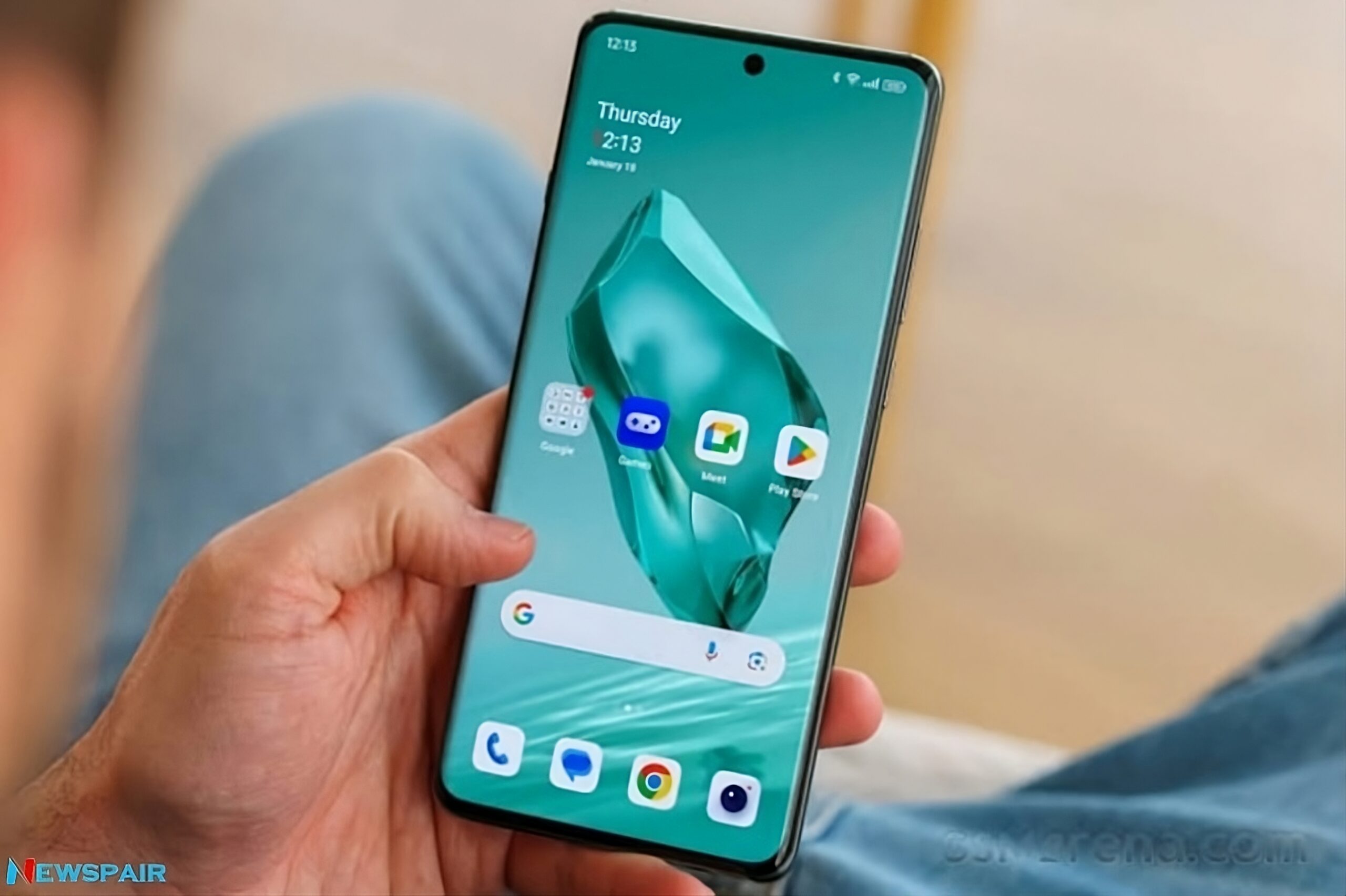
The playback quality is top-notch, whether you’re streaming content on YouTube, Netflix, or any other platform. OnePlus has also introduced an upgrade to last year’s Aqua Touch feature, adding a glove touch option that lets you use the screen while wearing gloves.
Cameras
The OnePlus 13 celebrates the fifth year of OnePlus’s partnership with Hasselblad to enhance the camera capabilities of its flagship devices. While the hardware upgrades are relatively minimal, there is a clear improvement in overall performance, particularly in dynamic range and brightness across various lenses (ultra-wide and telephoto). The front camera now supports 4K recording at 60fps, a feature likely to appeal to content creators. As anticipated, OnePlus has also introduced new AI-driven features to elevate the camera experience further.
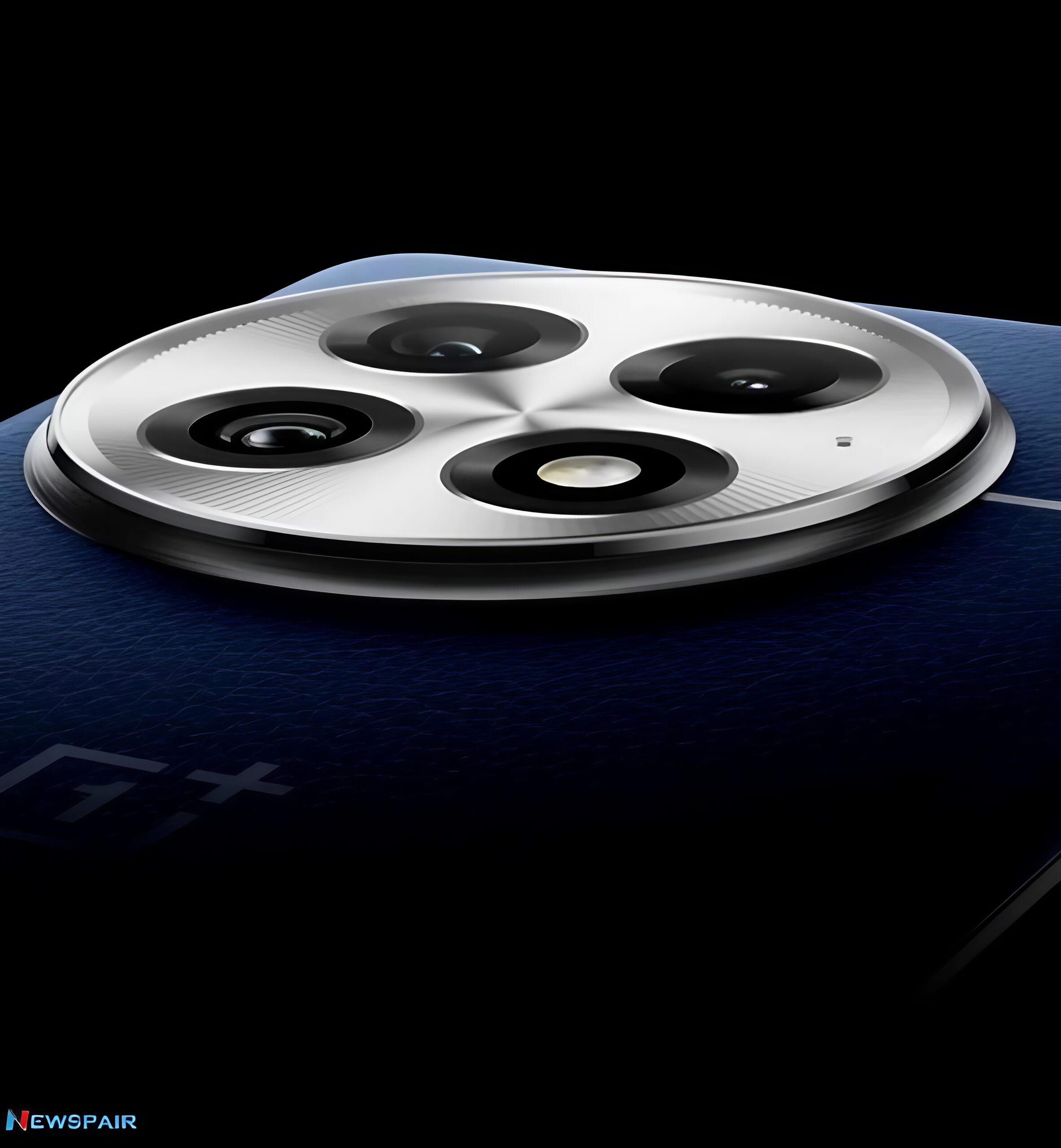
While the OnePlus 13 provides flagship-level camera performance, it doesn’t push the envelope, particularly when stacked up against the Vivo X200. As mentioned earlier, the OnePlus 13 does show significant enhancements in dynamic range and brightness compared to its predecessor. The white balance tends to favor warmer tones, but the images still look visually appealing. That said, since the primary camera sensor remains unchanged from last year’s model, the level of detail is solid but not the best in its class.

The true standout features of the OnePlus 13 are its ultra-wide and tri-prism telephoto lenses, which are especially beneficial for content creators capturing moments in real-time. I also appreciate the new AI scene modes introduced by OnePlus—Stage, Silhouette, and Fireworks—that adjust color and ISO settings based on lighting conditions. Similar to OPPO’s approach, OnePlus ensures these AI modes activate automatically, making the camera easier to use for those who aren’t familiar with manual adjustments.
For professional users, the Master Hasselblad mode provides a wide range of controls to adjust color balance and shutter speeds. Unfortunately, this mode is not available for the front camera. That said, selfies taken with the OnePlus 13 can be inconsistent in terms of color accuracy and sharpness. The phone sometimes struggles to capture the correct skin tone as well.
When it comes to video, the OnePlus 13 records stable and sharp 4K footage. It also supports 8K recording at 30fps, though the resulting files can be quite large. Overall, the video performance is strong and reliable, but iPhones still have the edge with their more balanced color rendering in videos. OnePlus might want to consider incorporating a Cinematic mode (Portrait video), similar to the one found on iPhones, as it has become a key feature for flagship devices.
Performance and Software
As previously mentioned, the Snapdragon 8 Elite chipset in the OnePlus 13 brings a significant boost in performance. Looking at the AnTuTu scores, the new model shows a 49.61 percent increase in performance over the OnePlus 12. While the AnTuTu score may not match the iQOO 13’s performance with the same chipset, real-world usage doesn’t show any noticeable difference. I compared the OnePlus 13 with the iQOO 13, which also uses the Snapdragon 8 Elite, and the Vivo X200 with the Dimensity 9400 SoC, and you can find more details in our comprehensive performance review.
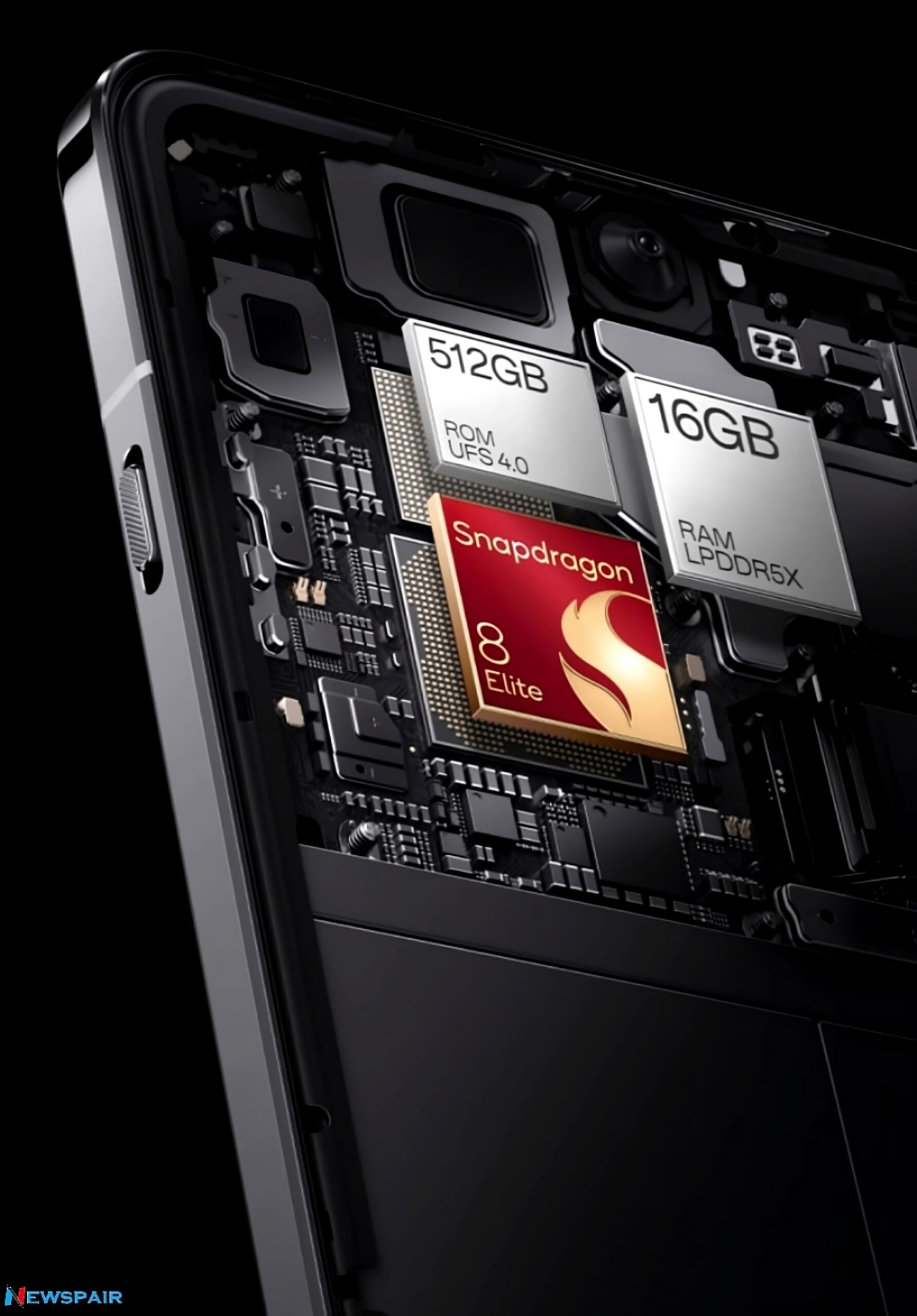
With that in mind, I’d like to focus more on my overall experience with the OnePlus 13 as a daily driver. Let’s begin with the aspects I really like.

For daily tasks and productivity, the OnePlus 13 performs seamlessly. It handles multitasking and even resource-intensive games without a hitch, and with an extra year of promised OS updates, it offers strong long-term usability. OnePlus has also introduced new Gen AI features, which I expect will soon be available for last year’s model as well. These include:
- AI Summary to condense long notes or articles.
- AI Writer to proofread or generate Instagram captions and emails.
- Intelligent Search, an upgrade to the existing Global Search, making it easier to locate files or notes saved on the device. However, during my review, it didn’t work at full capacity.
Additionally, there’s an OPPO-inspired feature called “Share with iPhone,” which lets users transfer files, including Live Photos, to iPhones. While the connection process takes about a minute, the actual transfer happens in seconds.
Battery and Charging
As with most recent flagship devices, the OnePlus 13 significantly boosts its battery capacity to 6,000mAh, aided by the broader use of silicon-carbon composite anode technology. The addition of the silicon-carbon layer also helps keep the battery cool during charging, which could theoretically enhance its longevity over time.
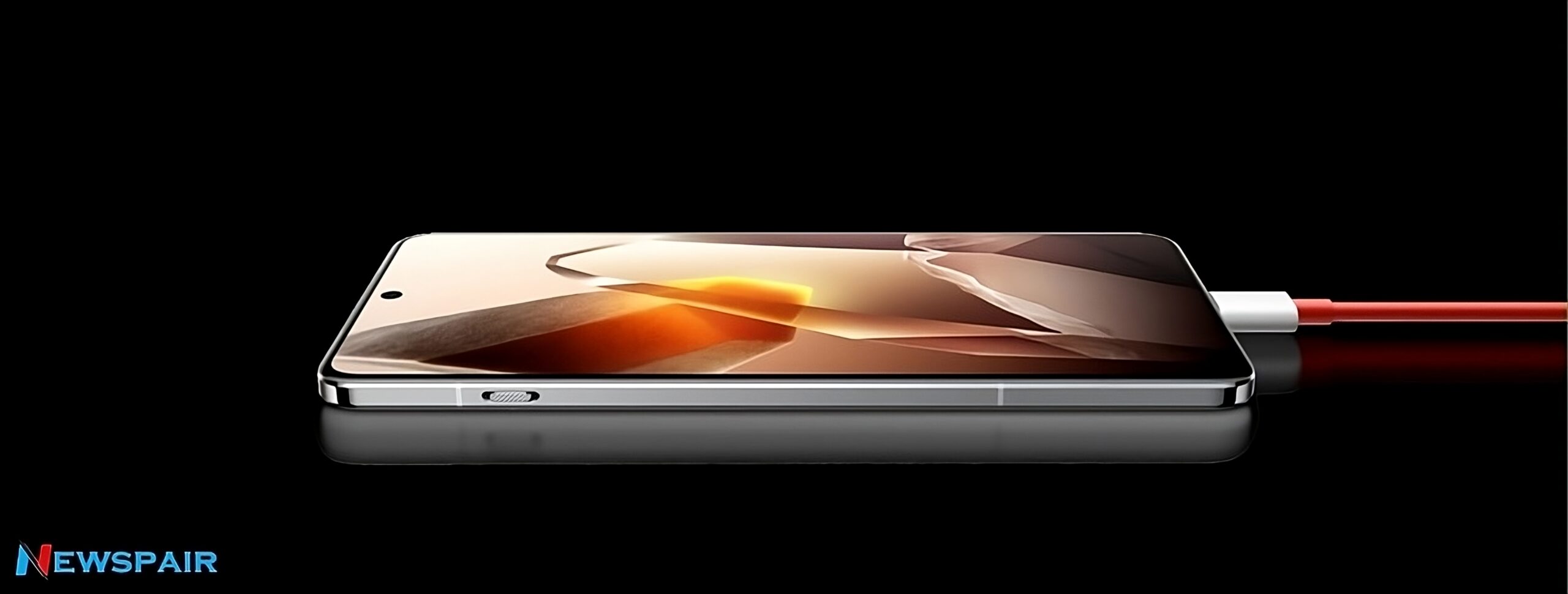
While the OnePlus 13 doesn’t perform well in the PCMark battery test, its real-world battery life is impressive. With the highest settings enabled—AOD, 5G, and a 120Hz refresh rate—the phone comfortably lasts a full day. Of course, with more moderate use, you can expect even longer battery life.
The OnePlus 13 also delivers impressive standby time, lasting more than two days when in flight mode. OnePlus has consistently impressed with its charging speeds, and this year is no different. Using the included 100W charger, the device reached full charge in just 27 minutes.
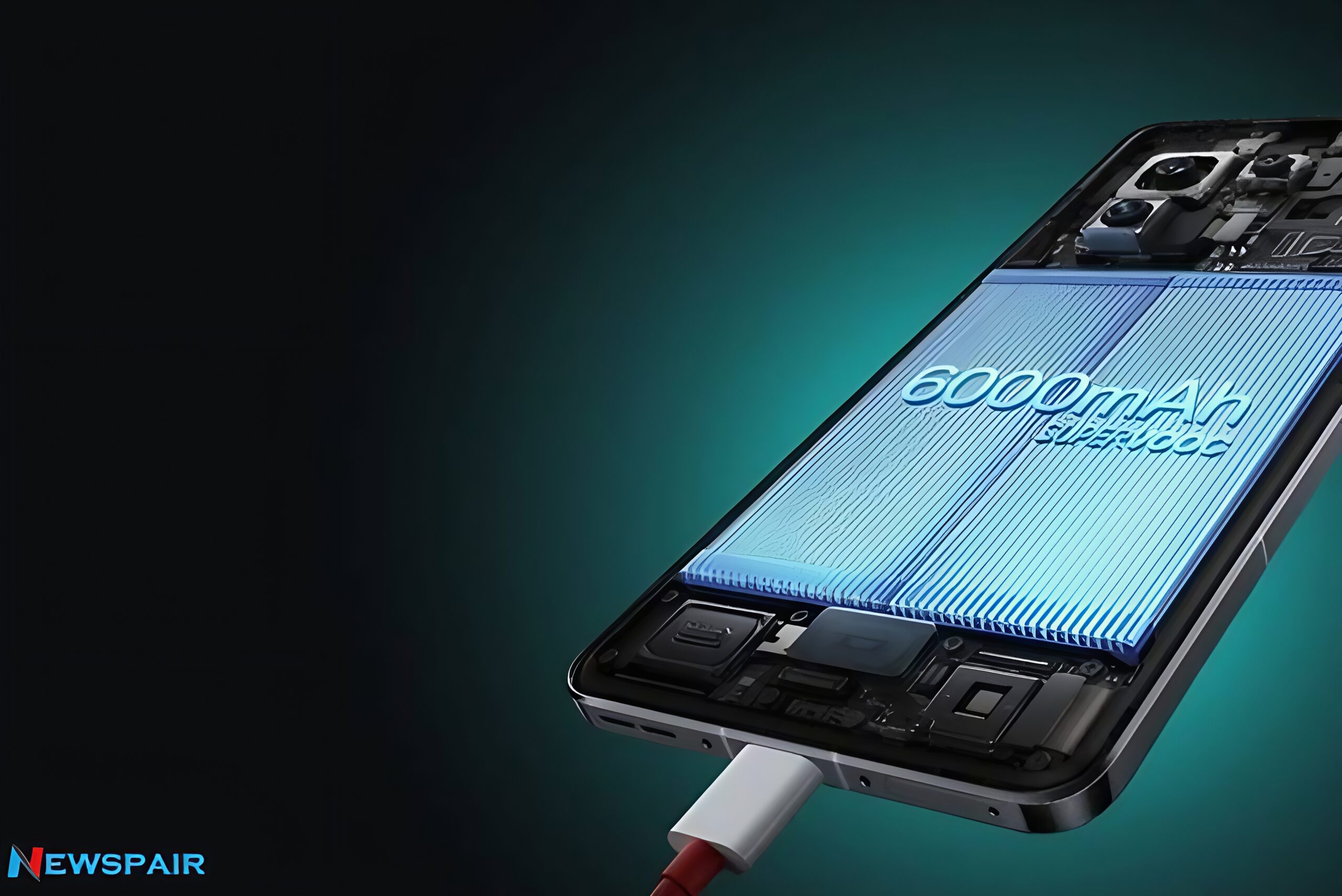
I also had the chance to try the 50W AirVOOC wireless charger, which is sold separately for Rs 5,499. While I’m not particularly fond of its design—its concave bottom prevents it from lying flat—I was impressed by its performance. The OnePlus 13 charged from 20% to 100% in just an hour using this wireless charger, which is quite impressive considering the size of its battery.
Final verdict
Although the OnePlus 13 shares a similar design with last year’s OnePlus 12, which in turn resembled the OnePlus 11, the newest model brings a significant performance upgrade. Powered by the Snapdragon 8 Elite SoC, the phone excels in both daily tasks and gaming, with very few complaints regarding its performance. It also features one of the best displays in its category, offering a fantastic viewing experience.
Users will also appreciate the new AI features included in the OnePlus AI suite, alongside the dependable performance supported by the 6,000mAh battery, which provides impressive endurance on a single charge.
As mentioned earlier, OnePlus could consider refreshing the design in future models, as the current aesthetic feels somewhat repetitive. The software experience is generally solid, though some of the preloaded proprietary apps feel unnecessary—having the option to remove them would be a welcome change.
Reasons to buy:
- The OnePlus 13 comes with a large, vivid display that enhances the viewing experience.
- It delivers impressive battery life along with exceptionally fast charging.
- The phone’s durability is enhanced by IP68 and IP69 certifications for water and dust resistance.
Reasons not to buy:
- The OnePlus 13 carries forward a familiar design with only subtle changes.
- Certain pre-installed proprietary apps feel redundant, and users don’t have the option to uninstall them.
Key Specs
- Display: 6.82″ LTPO AMOLED, 120Hz, 2K resolution
- Processor: Snapdragon 8 Elite
- RAM/Storage: Up to 24GB RAM, 1TB storage
- Cameras: 50MP triple rear (main, ultrawide, telephoto), 32MP front
- Battery: 6000mAh, 100W wired, 50W wireless charging
- Durability: IP68 & IP69 rated
- Software: OxygenOS 15 (Android 15), 4+6 year update policy
- AI Features: AI Summary, AI Writer, Intelligent Search
- Connectivity: 5.5G, Wi-Fi 7, Bluetooth 5.4, IR Blaster


